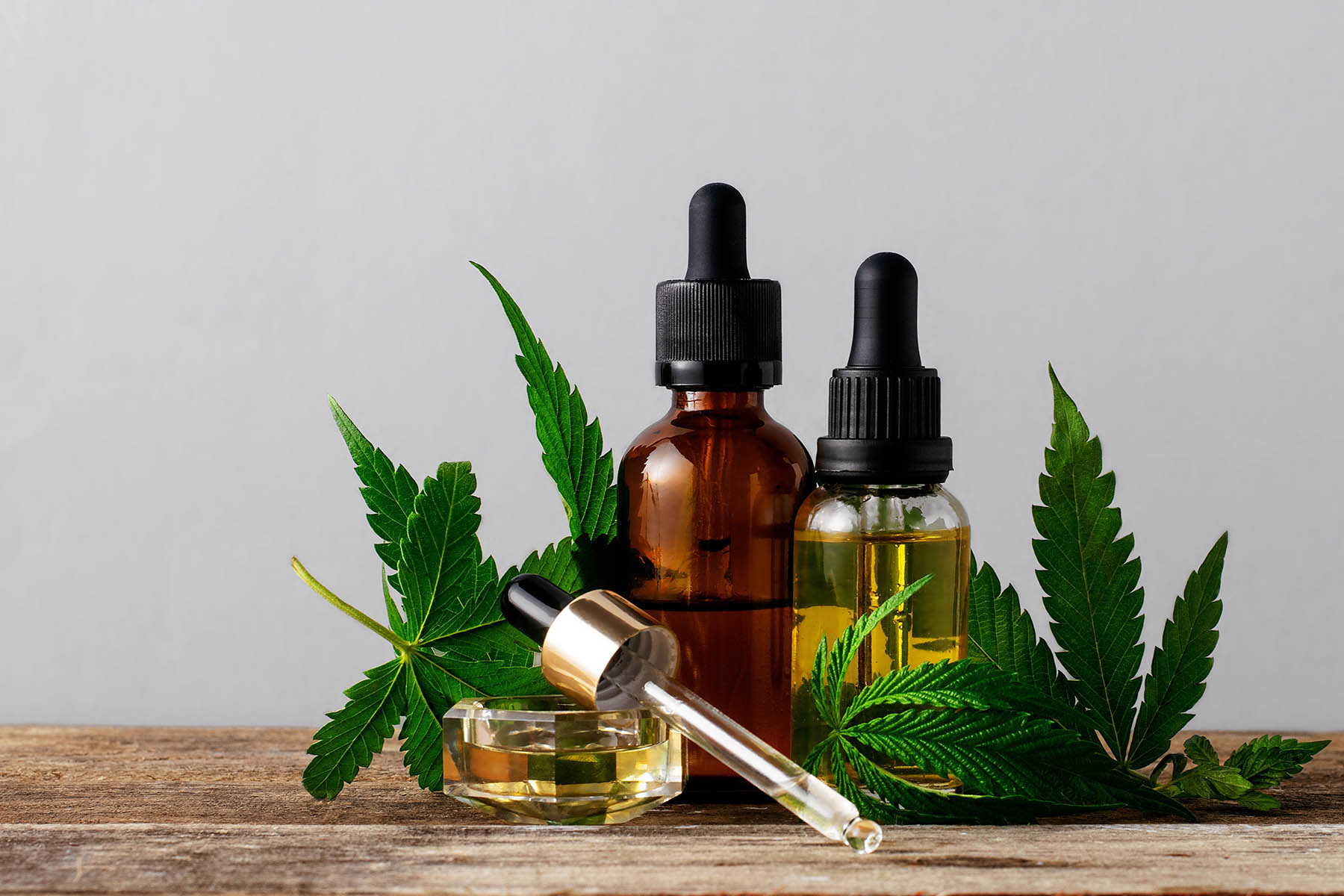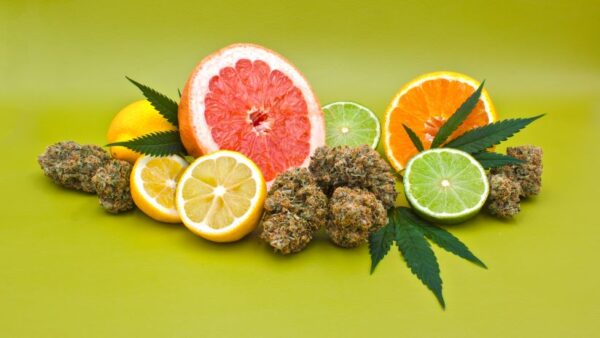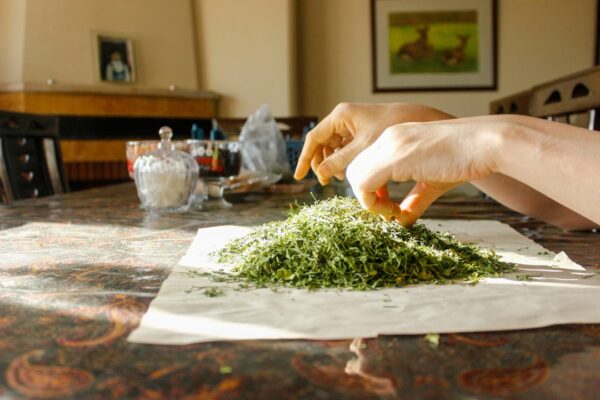Cannabis tinctures and oils have emerged as popular, effective, and discreet methods of consuming cannabis. Whether used for wellness, therapeutic relief, or daily balance, these extracts offer unmatched flexibility and control. As cannabis use becomes more mainstream, understanding tinctures and oils can help users make informed, confident choices.
What Are Cannabis Tinctures and Oils?
Cannabis tinctures and oils are liquid forms of cannabis extract designed for versatile consumption. Although often grouped together, they differ in both production and application.
Tinctures
Tinctures are alcohol-based cannabis extracts. By soaking cannabis flower or trim in high-proof alcohol, cannabinoids like THC and CBD are drawn out, creating a potent liquid that’s easy to dose and fast-acting when taken sublingually.
Oils
Cannabis oils are usually created using CO₂ or solvent-based extraction methods, then blended into carrier oils like coconut, MCT, or olive oil. They can be consumed under the tongue, incorporated into foods, or used in topical applications depending on the formula.
Both tinctures and oils offer an alternative to smoking or vaping, making them appealing to health-conscious users or those seeking discreet use.
How to Use Cannabis Tinctures and Oils
The biggest advantage of cannabis tinctures and oils is their versatility. Here are some of the most common methods of consumption.
Sublingual Absorption
This is the most popular method. By placing a few drops under the tongue and holding them for 30 to 60 seconds, cannabinoids enter the bloodstream quickly through mucous membranes. Effects are usually felt within 15–30 minutes, making sublingual use ideal for users seeking fast relief.
Edibles and Cooking
Cannabis oils can be used to infuse everything from brownies and smoothies to dressings and teas. This method is slower to take effect—typically between 30 minutes to two hours—but results in a longer-lasting experience. Edibles are perfect for users looking for sustained effects, such as those managing chronic pain or insomnia.
Topical Applications
Some cannabis oils are formulated for external use and can be applied directly to the skin. These topicals do not produce a psychoactive effect but may help with localized issues such as joint pain, muscle soreness, or inflammation.
Benefits of Cannabis Tinctures and Oils
Using cannabis tinctures and oils provides a range of therapeutic and lifestyle benefits.
Precise Dosage
Tinctures and oils often come with droppers or measured applicators, allowing for highly accurate dosing. This is essential for new users or those seeking microdosing strategies.
Rapid Onset
Sublingual use allows cannabinoids to take effect quickly. This is especially beneficial for those dealing with sudden anxiety, nausea, or breakthrough pain.
Discretion and Convenience
There’s no smoke or vapor, no lingering smell, and no need for rolling papers or pipes. Tinctures and oils are discreet, portable, and simple to use—making them ideal for on-the-go consumption.
Versatility in Use
From food and beverages to body care products, these cannabis extracts can be adapted to many personal preferences.
Long Shelf Life
When stored correctly, tinctures and oils can maintain potency for years. A cool, dark cabinet is typically all that’s needed to preserve them.
Making Your Own Cannabis Tinctures and Oils
While high-quality tinctures and oils are widely available, many users enjoy making their own at home. Here’s how to get started.
Ingredients and Equipment
-
Cannabis flower or trim (decarboxylated if using raw cannabis)
-
High-proof alcohol (for tinctures) or a carrier oil like coconut oil (for oils)
-
Mason jar or sealed glass container
-
Cheesecloth or fine mesh strainer
-
Dropper bottles or airtight storage containers
Extraction Process
-
Decarboxylate Your Cannabis: Heat it in the oven at 240°F for 30–40 minutes to activate THC and CBD.
-
Combine with Solvent or Oil: Add cannabis to alcohol or oil in a jar. Seal and store in a cool, dark place for a few weeks, shaking daily.
-
Strain and Store: After infusing, strain out the plant material and transfer the finished product into clean, labeled containers.
Safety Tips
-
Use caution when working with alcohol, especially near open flames.
-
Always label homemade tinctures and store them out of reach of children and pets.
-
Keep dosages low until you understand the potency.
Legal Considerations and Safety
Know Your Local Laws
Cannabis laws vary widely. Some regions permit personal extraction and use, while others may restrict home production entirely. Always research your jurisdiction before creating or using tinctures and oils.
Purchase from Reputable Sources
If you prefer to buy instead of make your own, choose dispensaries or manufacturers that provide lab-tested products. Look for clear labeling, accurate THC/CBD content, and clean ingredients.
Start Low, Go Slow
Whether you’re using tinctures for the first time or switching from smoking, always begin with a low dose. Everyone reacts differently, and the goal is a balanced, controlled experience.
Why Cannabis Tinctures and Oils Are Gaining Popularity
Tinctures and oils have become a staple for both medical and recreational users. Their versatility, precision, and ease of use make them an excellent option for beginners and seasoned cannabis consumers alike. As the industry evolves, expect to see even more refined formulations, new delivery systems, and educational resources aimed at helping users make informed choices.
Interested in exploring other cannabis products? Learn more in Exploring the World of Cannabis Edibles: From Brownies to Gummies, and discover how edibles compare in onset, effects, and application.






